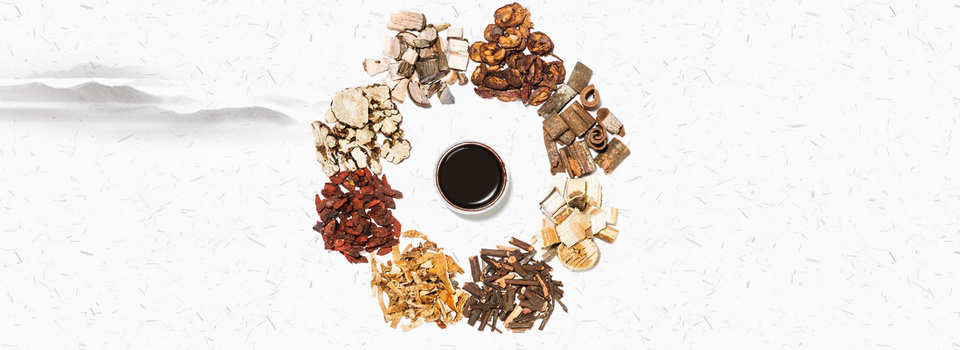3 alpha,7 beta Dihydroxy 5 beta cholan 24 oic Acid, 3 alpha,7 beta-Dihydroxy-5 beta-cholan-24-oic Acid, Acid, Deoxyursocholic, Acid, Ursacholic, Acid, Ursodeoxycholic, Cholit-Ursan, Cholofalk, Delursan, Deoxyursocholic Acid, Destolit, Sodium Ursodeoxycholate, Urdox, Ursacholic Acid, Urso, Urso Heumann, Ursobilane, Ursochol, Ursodeoxycholate, Sodium, Ursodeoxycholic Acid, Ursodiol, Ursofalk, Ursogal, Ursolite, Ursolvan



